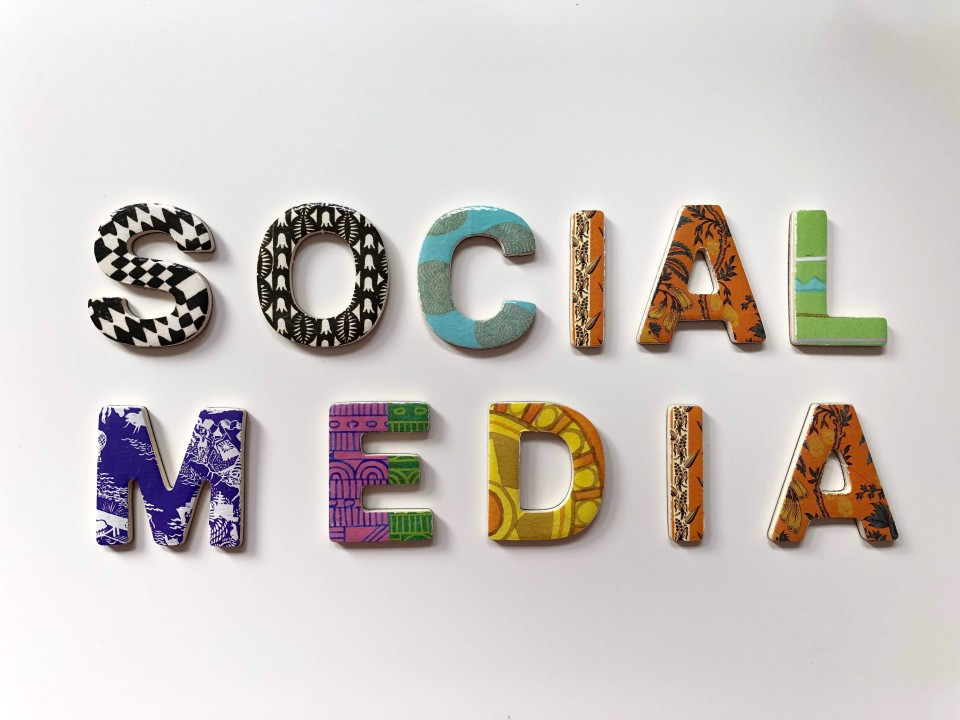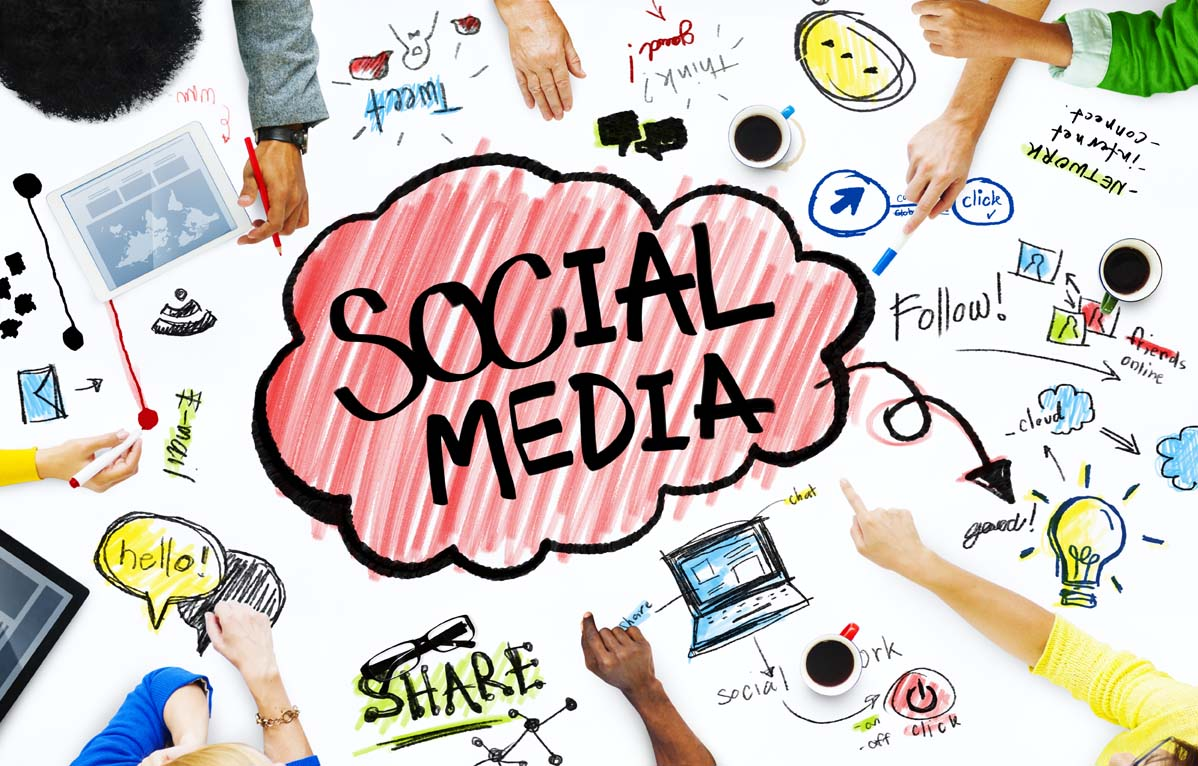
In the digital age, social media has become one of the most powerful tools for communication, transforming how individuals connect, share information, and organize for a cause. What began as platforms for social interaction have rapidly evolved into spaces where political ideas are debated, movements are ignited, and voices that once struggled to be heard now find global audiences. The rise of social media has revolutionized the way political movements are shaped, amplifying their reach and providing a platform for activism that transcends traditional boundaries. From grassroots campaigns to large-scale global protests, social media is redefining the landscape of modern politics, empowering individuals to influence change at unprecedented scales. In this article, we will explore the role of social media in shaping contemporary political movements, examining both its potential to foster democracy and the challenges it presents.
Historical Context
Before the advent of social media, political movements relied heavily on traditional methods of communication and organization. Grassroots campaigns were built through word-of-mouth, printed flyers, public demonstrations, and meetings in community spaces. While effective, these methods were often limited by geography, time, and the ability to reach a wide audience. Political leaders and activists had to work tirelessly to build support, often facing significant challenges in mobilizing people quickly or across vast distances.

For example, the civil rights movement in the United States utilized rallies, marches, and face-to-face organization to build momentum. Although the movement succeeded in creating lasting change, it required years of tireless dedication to overcome the barriers posed by limited communication tools. Similarly, labor movements and anti-colonial struggles around the world used traditional media, such as newspapers and radio broadcasts, to galvanize supporters, but their impact was still constrained by slow dissemination of information.
The introduction of the internet in the late 20th century began to change the way political movements operated, making it easier to share information and coordinate activities. However, it wasn’t until the rise of social media platforms in the 2000s that political activism experienced a complete transformation. Social media empowered activists to bypass traditional gatekeepers and reach millions of people directly, rapidly accelerating the spread of movements and their messages.
Today, movements can mobilize in real-time, with activists sharing live updates and organizing protests at the touch of a button. This shift has led to the rise of several global movements, including the Arab Spring, which demonstrated the ability of social media to fuel large-scale political change by connecting people across borders. Unlike past political movements that struggled with logistical challenges, social media allows modern activists to rally supporters from around the world within moments.
For those engaging with political causes today, digital tools like apps and websites make involvement even more accessible. Whether it’s logging into platforms to get the latest updates or connecting with causes, technology plays a pivotal role in keeping supporters engaged, similar to how people today use platforms for everyday activities like accessing the 1xbet app login. Social media continues to reshape how we view political participation and involvement.
Social Media as a Tool for Political Mobilization
In recent years, social media has emerged as a crucial tool for political mobilization, enabling activists and political movements to reach vast audiences almost instantaneously. Unlike traditional media, which is often controlled by a few powerful entities, social media platforms offer an open space where anyone with an internet connection can share their opinions, organize events, and call for action. This democratization of communication has fundamentally changed the dynamics of political engagement, empowering individuals to become leaders, advocates, and catalysts for change.
This same democratizing force has simultaneously opened vast avenues for personal branding and entrepreneurial ventures, allowing individuals to cultivate a significant online presence to share their ideas, products, or services. For those aiming to rapidly enhance their visibility and reach within this crowded digital sphere, understanding strategies such as how to buy followers to grow your Instagram brand often becomes a point of discussion.
Platforms like Twitter, Facebook, Instagram, and TikTok have become the new battlegrounds for political discourse, with movements quickly gaining traction through hashtags, viral videos, and online petitions. Social media allows for the rapid dissemination of information, enabling organizers to spread their messages and mobilize supporters within minutes. Whether it’s a protest, a call for reform, or an election campaign, social media has proven to be an invaluable tool for creating awareness and building momentum.
A key advantage of social media in political mobilization is its ability to transcend geographical barriers. Movements that were once confined to local or regional communities can now reach a global audience. For instance, the Black Lives Matter movement, which began in the United States, gained international support through social media, with protests held worldwide in solidarity. Similarly, the Arab Spring uprisings in 2010-2011 demonstrated the power of social media in organizing protests against oppressive regimes across the Middle East and North Africa.
In addition to organizing physical protests, social media also facilitates digital activism, allowing individuals to engage in political causes without leaving their homes. From signing petitions to donating to political campaigns, social media provides a convenient and effective platform for people to contribute to political movements. For example, people across the globe can participate in causes that they care about by simply accessing their phones or computers.
The role of social media in political mobilization also extends to the political engagement of younger generations. Platforms like Instagram and TikTok have become central spaces where younger people discuss politics, share information, and engage with social justice causes. These platforms have effectively bridged the gap between traditional activism and modern technology, making it easier for younger generations to participate in movements and drive political change.
As a reminder of how technology shapes our lives today, just like how many people use mobile apps for a variety of purposes, such as checking the 1xbet Malaysia app, social media has become an essential tool in the digital age, helping people stay informed and connected to political causes at a global scale. This combination of accessibility, immediacy, and vast reach has made social media a powerful force in shaping modern political movements.
Building Awareness and Global Solidarity
One of the most significant contributions of social media to modern political movements is its ability to build awareness and foster global solidarity. In the past, spreading awareness about a cause was often limited to local communities or regions, and it took time for information to travel across borders. However, with the rise of platforms like Twitter, Facebook, and Instagram, political messages can now be shared instantly with people around the world, creating a sense of interconnectedness and shared purpose.
Social media enables activists and organizations to spread their messages far beyond their immediate physical surroundings. Hashtags, viral content, and online campaigns quickly capture the attention of global audiences, turning local issues into international conversations. For example, the hashtag #BlackLivesMatter became a rallying cry for racial justice not only in the United States but across the world, as people from various countries joined in solidarity with the movement. Similarly, the #MeToo movement gained worldwide traction as survivors of sexual harassment and assault shared their stories, sparking a global conversation about gender equality and systemic abuse.
The power of social media to connect people across borders has also been instrumental in building solidarity among diverse communities. When people from different countries and cultures come together to support a common cause, it strengthens the movement and amplifies its message. For instance, during the climate change protests led by figures like Greta Thunberg, social media played a crucial role in uniting young people globally to demand urgent action from governments. Through platforms like Instagram and Twitter, Thunberg’s messages reached millions, inspiring strikes and demonstrations in cities across the world.
